Fate with the five-panel ao dai
Once known for his successful export of wedding dresses, few people know that designer Nam Tuyen has been quietly attached to the traditional ao dai for decades. The opportunity came when young people began to learn more about the five-panel ao dai, which was the national costume under the Nguyen Dynasty, carrying many layers of meaning in terms of morality and philosophy of life. "At that time, the Vietnamese Village Communal House Club and Mr. Phan Thanh Hai, Director of the Department of Culture and Information of Thua Thien- Hue , suggested that I make five-panel ao dai to serve the promotion of traditional culture. I started making them as gifts, then gradually introduced them in performance programs. When the public loved them, I officially turned this ao dai line into a separate business direction," said Nam Tuyen.
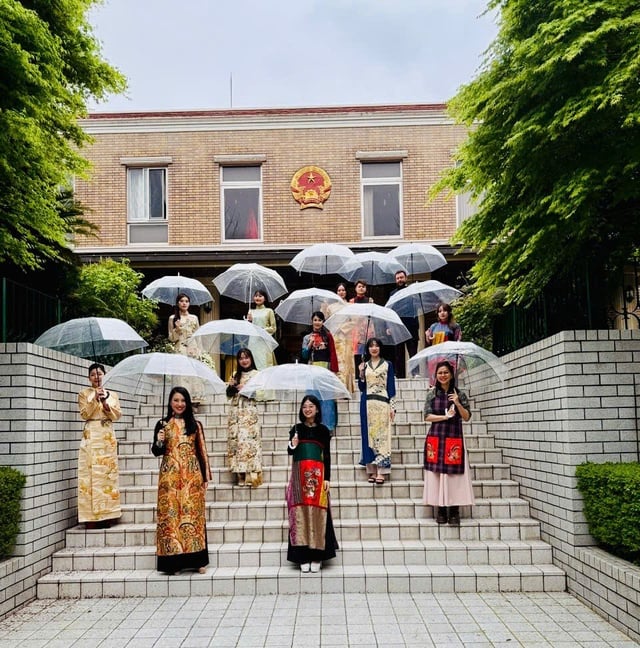
Designer Hoai Sang and models presented the Oriental Emotions collection on the streets of Shinjuku - Tokyo (Japan) in April 2025.
Photo: NVCC
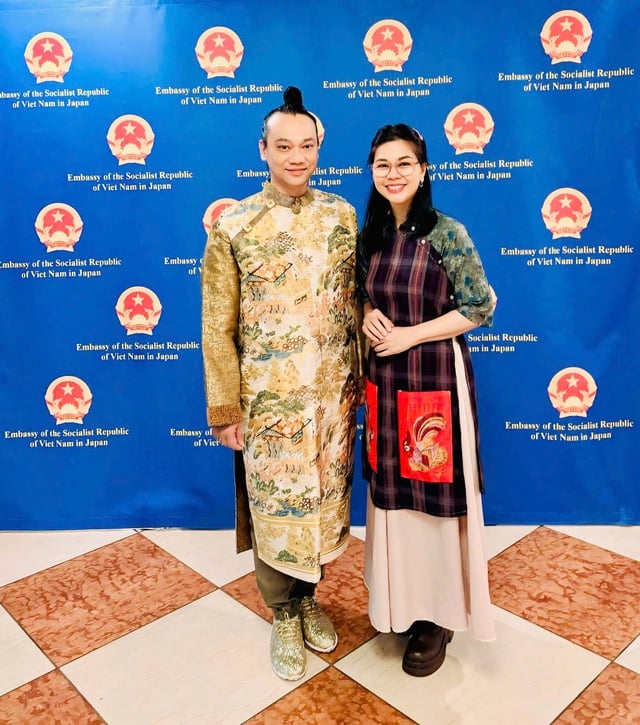
Designer Hoai Sang and models presented the Oriental Emotions collection on the streets of Shinjuku - Tokyo (Japan) in April 2025.
Photo: NVCC
After 1945, the five-panel ao dai - with five panels symbolizing the five blessings and five constants - gradually disappeared from daily life, remaining only in memories, on stage or in museum images. "I had to find documents, survey old images, and reconstruct based on models still preserved in France or in folk documents. The most difficult thing was to preserve the shape, color, and even the "hidden" color scheme in the old spirit: humble on the outside, brilliant on the inside," said designer Nam Tuyen.
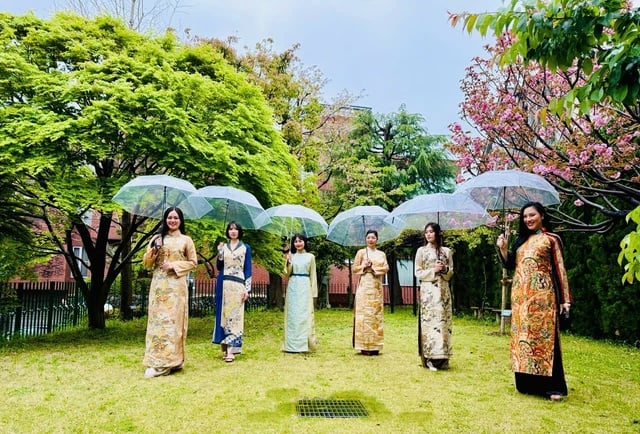
Designer Hoai Sang and models presented the Oriental Emotions collection on the streets of Shinjuku - Tokyo (Japan) in April 2025.
Photo: NVCC
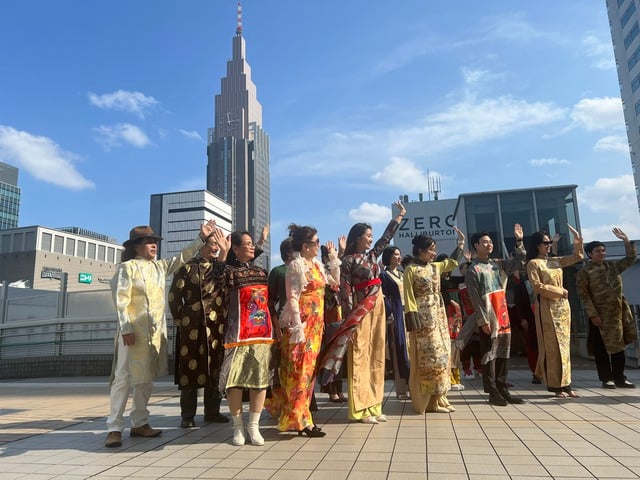
Designer Hoai Sang and models presented the Oriental Emotions collection on the streets of Shinjuku - Tokyo (Japan) in April 2025.
Photo: NVCC
The designer divided the five-panel ao dai into three product lines: The traditional type uses monochrome fabric, following the ancient color scheme; the royal type with light embroidery, retaining the noble mark but still easy to wear; the contemporary type mixed with European motifs, applied in wedding dresses or special events. Nam Tuyen said that the fact that young people are encouraging their parents to wear the five-panel ao dai is an optimistic sign: "It is the new generation that is preserving the traditional beauty. They research documents, participate in the community, and encourage the whole family to wear ao dai. I believe that thanks to them, the old values will be revived in the most natural way."
Conveying cultural memory through contemporary fashion
If Nam Tuyen focused on restoring the original shape of the ao ngu than, designer Hoai Sang chose to transform folk emotions into a contemporary spirit, so that traditional culture can "live" in a new context.
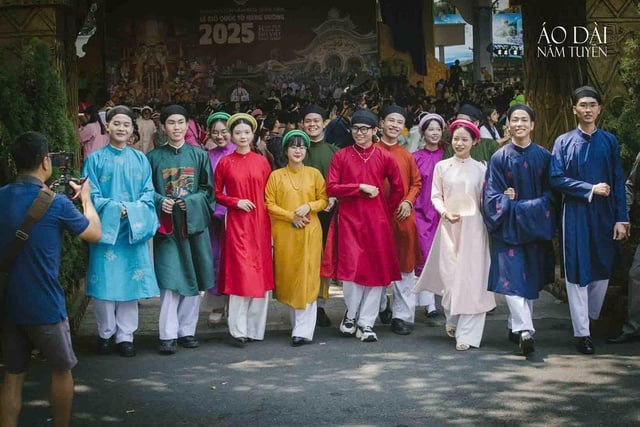
Five-panel ao dai designs by designer Nam Tuyen
Photo: NVCC
"As a Vietnamese who has lived abroad, I am more aware of the importance of preserving identity. It is an invisible but strong flow in each person. Whether living in the most modern and civilized place or a remote and isolated land, traditional values are still the roots that nourish the soul," Hoai Sang shared.
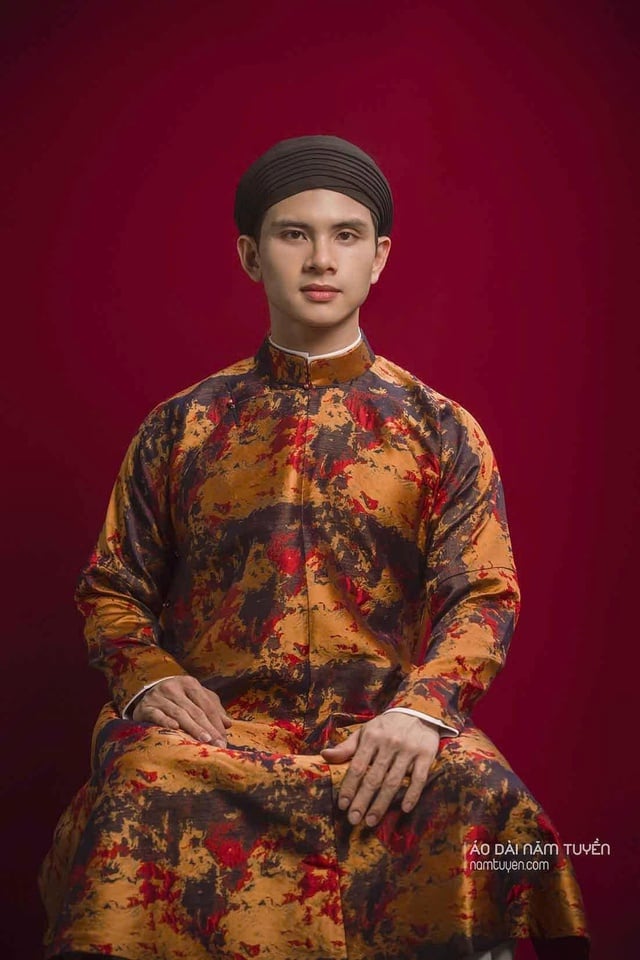
Five-panel ao dai designs by designer Nam Tuyen
Photo: NVCC
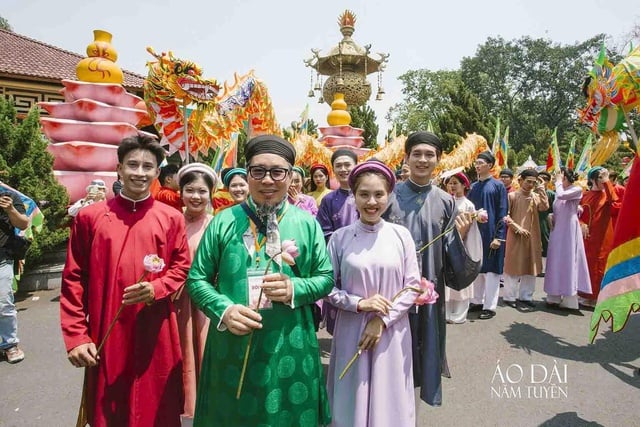
Five-panel ao dai designs by designer Nam Tuyen
Photo: NVCC
After the success of the collection "Night Banquet at the Mandarin's House " inspired by Dao Mau costumes, designer Hoai Sang continued to create two collections called "Folk Feelings" (inspired by Kim Hoang folk paintings) and "Eastern Feelings" (combining Vietnamese ao dai with ancient Japanese kimono silk, presented in April 2025 in Tokyo).
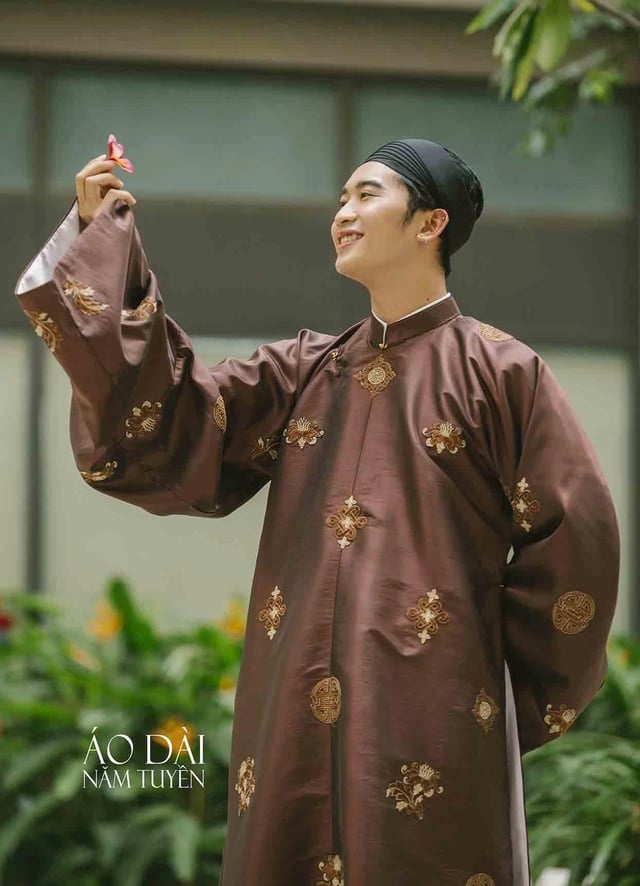
Five-panel ao dai designs by designer Nam Tuyen
Photo: NVCC
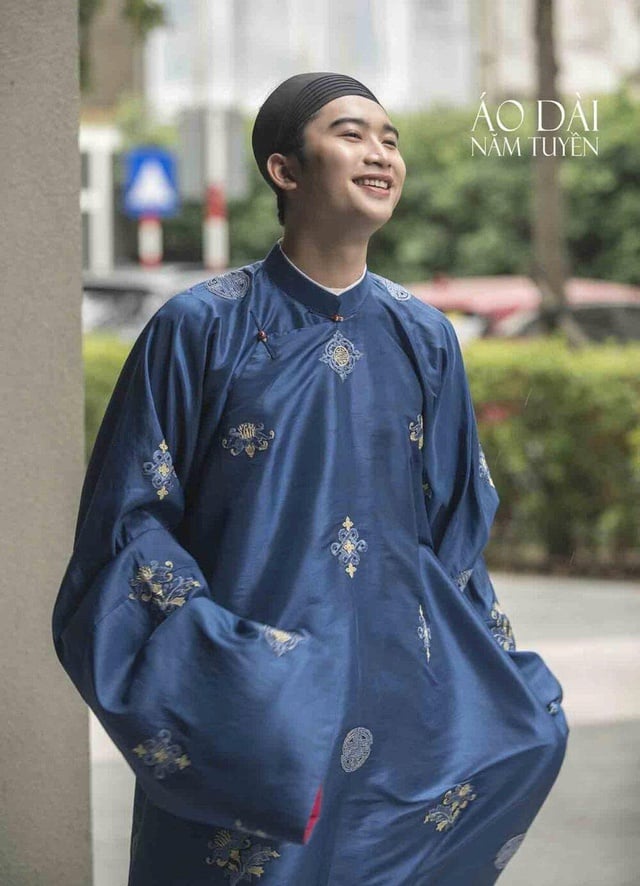
Five-panel ao dai designs by designer Nam Tuyen
Photo: NVCC
Not only stopping at design, Hoai Sang also pays special attention to inspiring young people. "I always consider culture in fashion a topic of thought. Only students who are truly passionate are willing to seek cultural depth. Many students still follow trends or "safe" topics in school. But I believe, when they have enough passion, they will realize that the future of Vietnamese fashion cannot lack Vietnamese identity," he said.
Source: https://thanhnien.vn/giu-van-hoa-truyen-thong-trong-ta-ao-dai-hien-dai-18525072620294559.htm


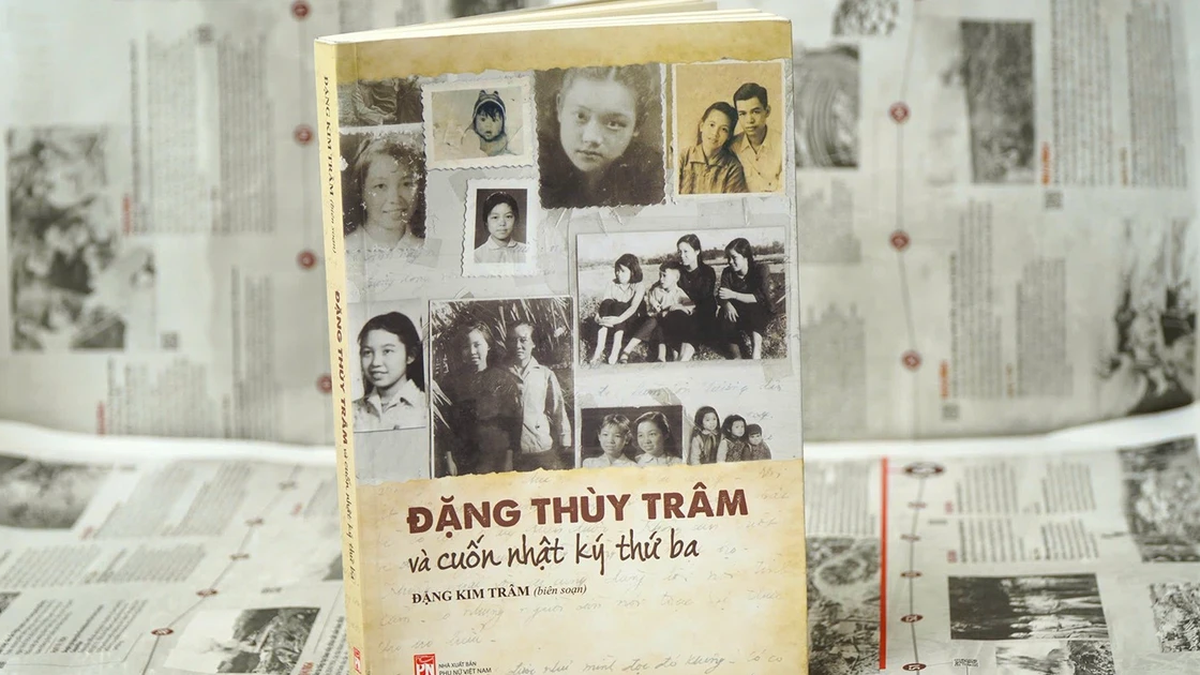
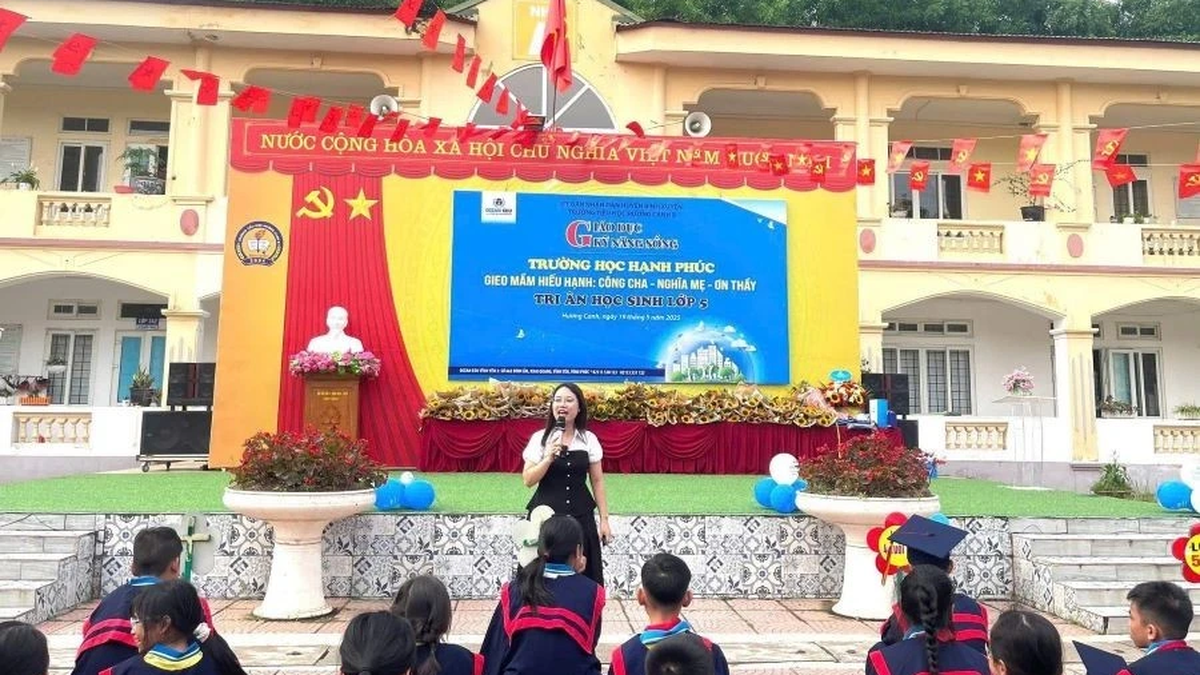


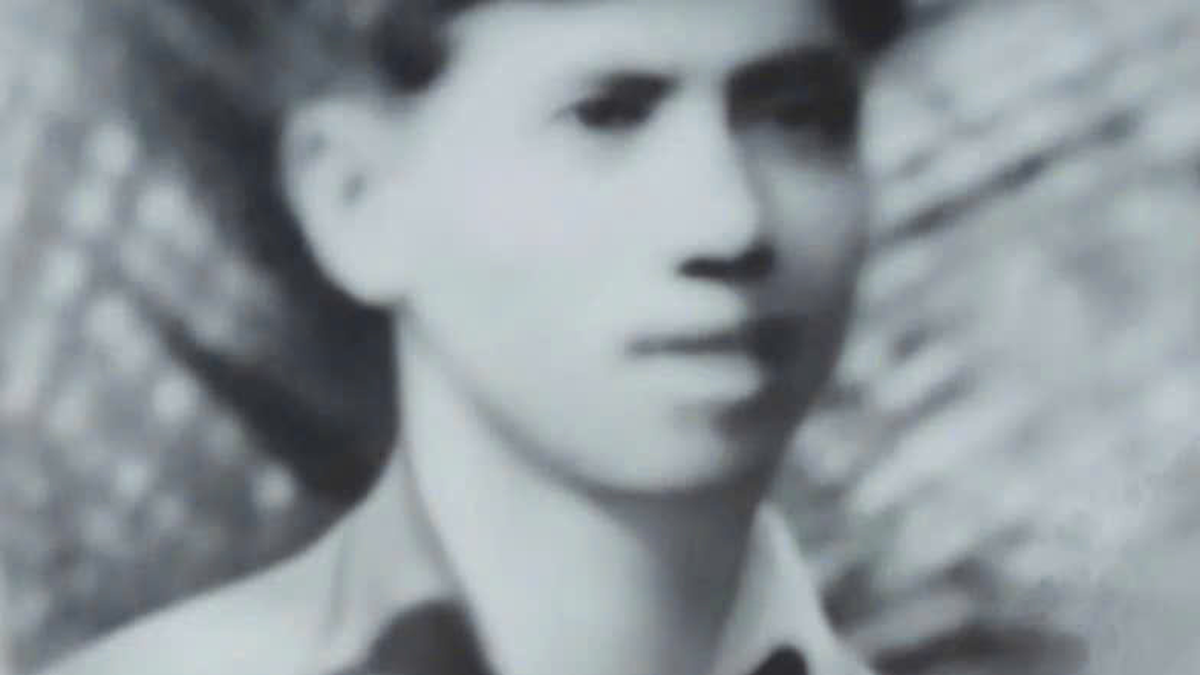


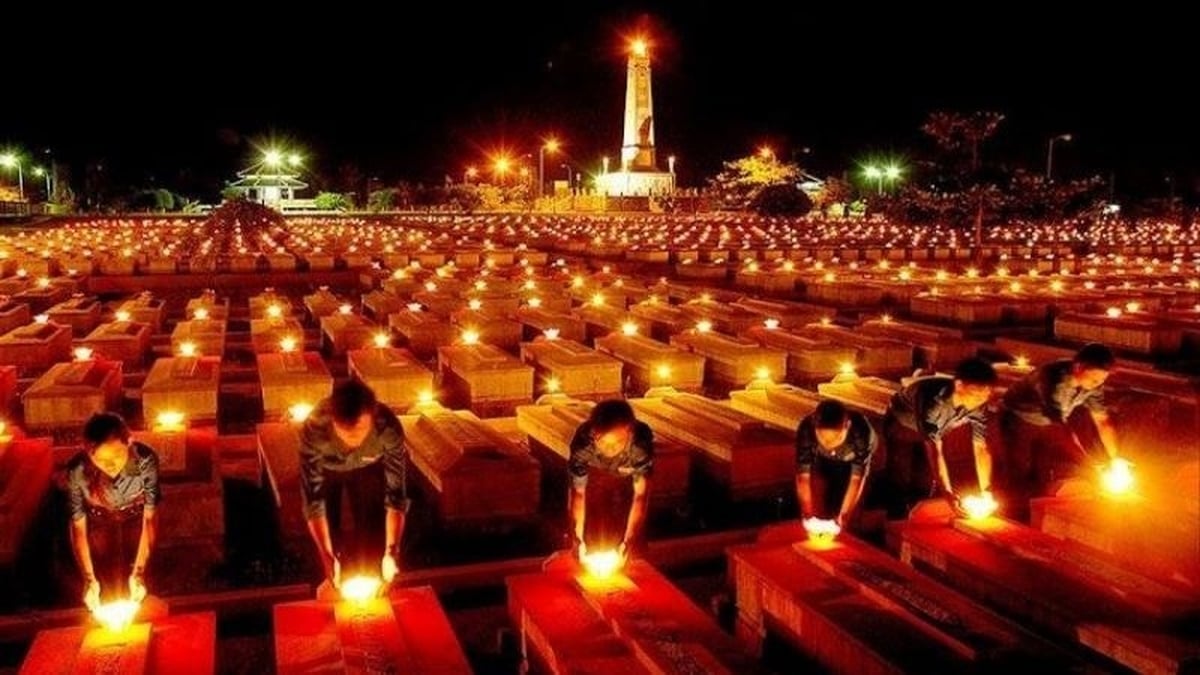
























































































Comment (0)